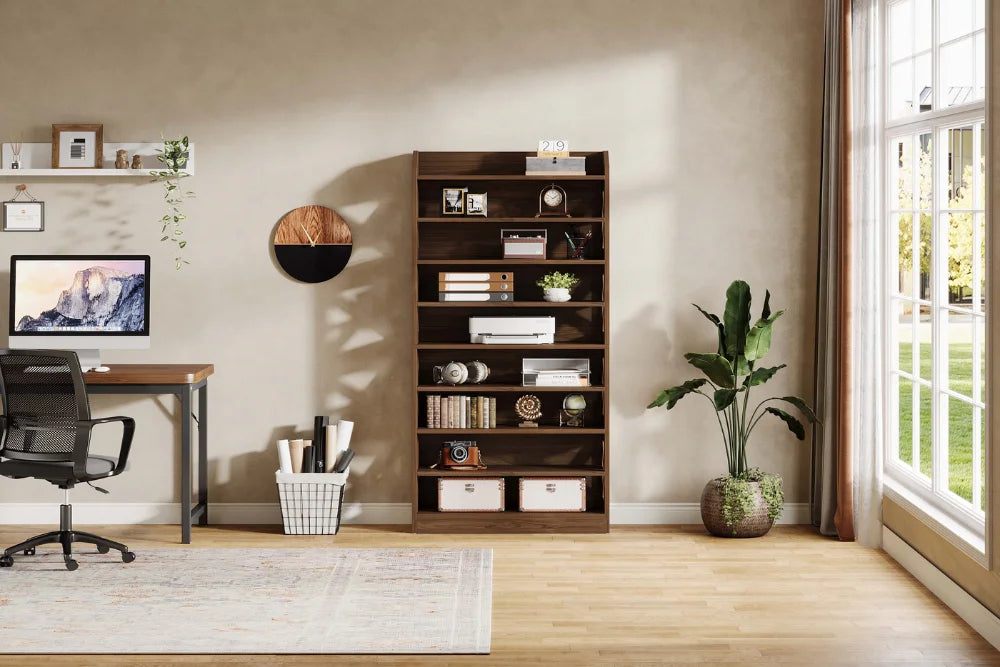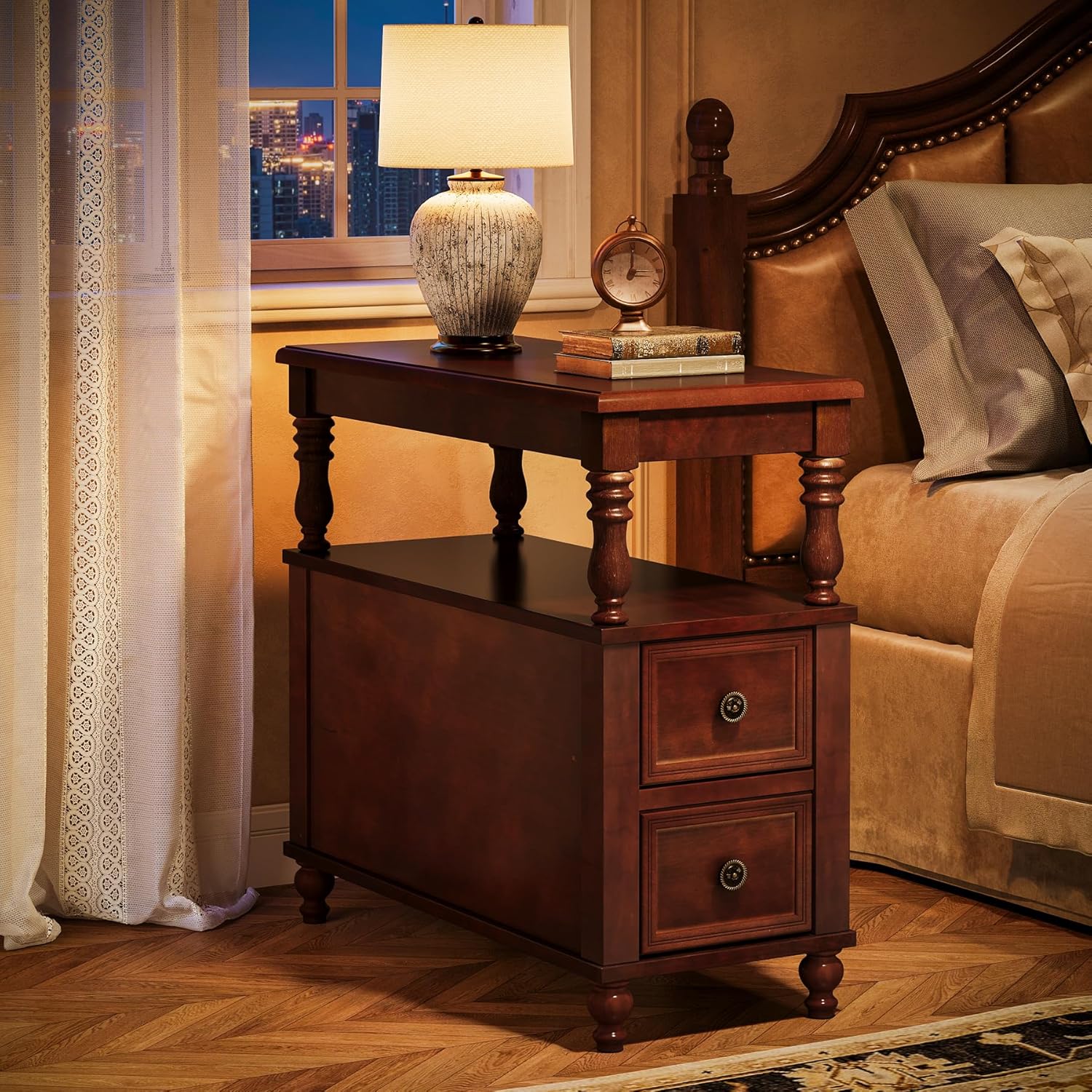Introduction
Rattan furniture brings a touch of natural elegance to any British home, from city flats to country houses. While its woven texture adds character, it also requires specific care to keep it looking its best. This guide will walk you through simple, effective cleaning methods that preserve your rattan's charm without causing damage.
Essential Cleaning Supplies
Before beginning, gather these gentle cleaning tools. Rattan's woven structure needs careful handling to avoid damaging the delicate fibers.
Basic Cleaning Kit:
- Soft microfiber cloths
- Vacuum with soft brush attachment
- Soft-bristled brush (like a paintbrush)
- Mild washing-up liquid
- Lukewarm water
- Spray bottle or bucket
- Optional: white vinegar (for stains), furniture oil (for conditioning)
Knowing Your Rattan: Natural vs Synthetic
Understanding your furniture's material is crucial for proper care. Natural rattan comes from renewable palm plants, while synthetic rattan is made from durable polyethylene resin.
Natural Rattan Traits:
- Made from sustainable materials
- Can dry out and crack in direct heat
- Sensitive to excessive moisture
Synthetic Rattan Traits:
- Weather-resistant and UV-stable
- Suitable for outdoor use
- Requires less maintenance
Quick Weekly Cleaning Routine
Regular light cleaning prevents dirt buildup and maintains your furniture's appearance.
- Gentle Vacuuming: Use the brush attachment to remove surface dust from all woven areas
- Detail Brushing: Carefully clean tight corners with a soft brush
- Surface Wiping: Use a barely damp cloth for final polishing—never oversaturate
Monthly Deep Cleaning Process
For a more thorough clean, especially for frequently used pieces:
- Prepare a soapy solution with mild washing-up liquid and warm water
- Always test on a hidden area first
- Wring out your cloth thoroughly—it should be damp, not wet
- Clean along the weave pattern, not against it
- Use a soft brush for intricate areas
- Dry completely with a clean cloth and air dry away from direct sunlight
Removing Mold and Mildew
In the UK's damp climate, mold can be an issue. Here's how to address it:
For Natural Rattan:
- Create a vinegar solution (equal parts water and white vinegar), apply lightly, wait 10 minutes, then wipe clean and dry thoroughly
For Synthetic Rattan:
- Use a diluted bleach mixture (1 part bleach to 10 parts water), rinse well, and dry completely
Always work in a well-ventilated area and wear gloves when using cleaning solutions.
Seasonal Maintenance Checklist
Protect your investment with these seasonal care tips:
- Check for loose weaving or damage
- Look for colour fading or wear
- Inspect for structural weaknesses
- Apply conditioning oil to natural rattan
- Tighten any loose fittings or joints
Rattan Care: Best Practices
Do:
- Clean regularly with soft tools
- Use gentle, pH-neutral cleaners
- Dry thoroughly after cleaning
- Store indoors during winter months
- Condition natural rattan annually
Don't:
- Use high-pressure washers
- Leave wet items on surfaces
- Scrub with abrasive materials
- Place in direct sunlight permanently
- Use harsh chemicals on natural rattan
Wood and Rattan Combinations Explained
Many modern pieces, like Tribesigns' collections, combine sturdy wood frames with rattan details. This blend offers both style and practicality:
Combination Furniture Benefits:
- Enhanced durability and stability
- Versatile styling options
- Easier maintenance
- Functional storage solutions
- Better climate adaptation
Our Tribesigns pieces marry the warmth of natural rattan with the strength of solid wood, creating furniture that's both beautiful and built to last in British homes.
Frequently Asked Questions
Can synthetic rattan furniture be cleaned with a hose?
Yes, synthetic rattan can withstand gentle hosing. However, natural rattan should never be soaked - always use a lightly dampened cloth for cleaning instead.
What's the most effective treatment for mold on rattan?
For natural rattan, white vinegar diluted with water works perfectly. Synthetic rattan can handle a mild bleach solution, but always rinse thoroughly and allow proper drying.
How frequently should I maintain my rattan furniture?
We recommend light dusting weekly, a thorough clean with mild soap monthly, and a comprehensive conditioning treatment annually to keep your rattan in prime condition.
Is oiling necessary for rattan maintenance?
Absolutely. Regular oiling prevents natural rattan from becoming brittle and maintains its flexibility. It also brings out the beautiful natural grain and colour of the material.
What's the best way to clean combined wood and rattan pieces?
Clean rattan sections gently with a soft brush, while using a separate wood-appropriate cleaner for the frame. This ensures both materials receive the specific care they require.



